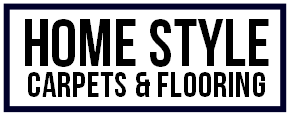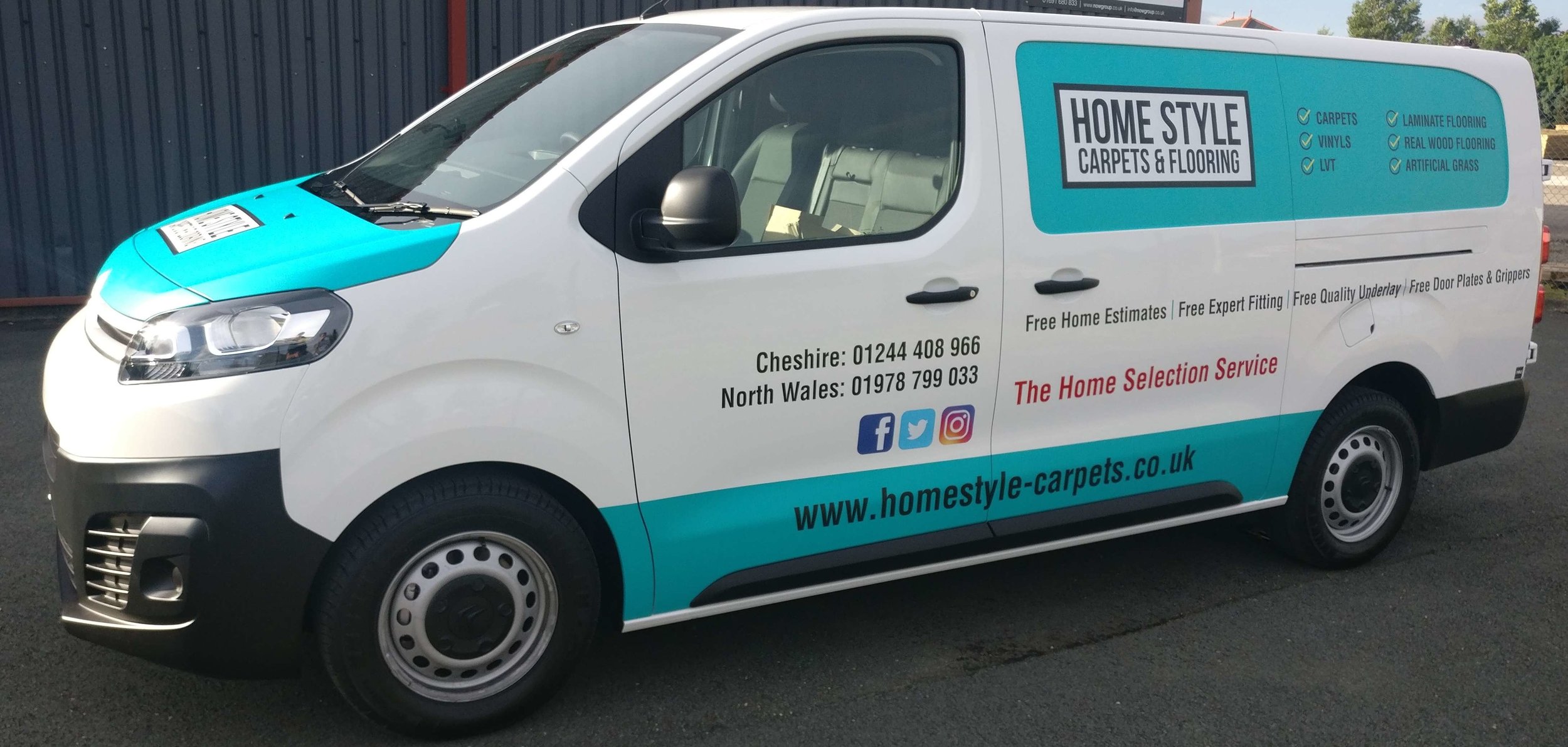LVT (Luxury Vinyl Tile) is a flooring option considered by homeowners around the world. There are several pros and cons to consider for those thinking about installing LVT, and we’re exploring these in this blog
Advantages of using LVT
Waterproof
LVT is waterproof, making it ideal for bathrooms and utility rooms whose floors are regularly wet. However, many types of LVT are smooth, and this could be a trip hazard in a wet room unless the vinyl is treated with an anti-slip coating.
The flooring is made with several layers, with a durable top layer that is waterproof. The backing layer protects the underside of the tiles from moisture,
LVT needs to be installed correctly, ideally by a professional fitter. If there are gaps between tiles, this could allow moisture to penetrate to the subfloor.
Affordable
The cost of LVT varies depending on the quality, but it is generally less than hardwood or engineered wood flooring. Sheet vinyl flooring and some carpets are cheaper than LVT. Fitting costs are reasonable as LVT is easy to fit.
When considering the affordability of LVT, you should to take into account how long flooring lasts before it needs replacing, not just the initial installation costs. Good-quality LVT flooring should last around 20 years compared to a good carpet's lifespan of around 10 years. Luxury vinyl is also less durable than LVT. This means that LVT flooring needs replacing less frequently compared to many other types of floor covering, saving money in the long term.
LVT is also cost effective for commercial spaces. It costs less to maintain as it is easily cleaned.
Warm
LVT feels warm compared to other hard surface flooring. Thick LVT feels softer and warmer underfoot as there is more distance from the top layer of the tile to the subfloor. LVT responds to the room temperature; the warmer the room, the warmer the floor feels.
When LVT is installed over concrete flooring or existing tiles, it will feel cooler than LVT laid over wood floors.
LVT is excellent for underfloor heating as it is efficient at transferring heat to the floor surface. Unlike wood, LVT does not expand or contract as the temperature changes.
Low maintenance
LVT only requires regular sweeping and a weekly mop to keep clean, but avoid abrasive cleaning solutions. LVT is a good choice for commercial flooring as cleaning staff spend less time on floor maintenance.
Easy to install
Provided the subfloor is clean and smooth, LVT is easy to install. The main tools required are a measuring tape and a knife. LVT is easily cut, but care is needed to fit tiles around irregular shapes such as bathroom furniture like sinks and WCs.
There are two main types of LVT, click or peel and stick. Click LVT has tongue and groove edges that slot together. Peel and stick tiles have a protective cover which is peeled off to uncover an adhesive surface that sticks to the subfloor.
Anyone who is confident in their do-it-yourself skills can lay vinyl tiles, otherwise, a professional installer's charges should be reasonable.
Limitations of LVT
However, not every attribute of LVT flooring is necessarily a positive one. Consider the below points for a balanced view on this flooring type.
Requires a smooth surface
The condition of the subfloor is important for installing LVT. It must be structurally sound and very smooth. Bumps and dips can cause LVT to be uneven, and this increases wear and shortens the life of the LVT floor.
If the subfloor is uneven, it needs levelling before laying LVT. Concrete subfloors require compounds that create a smooth surface. Wood floors may need sanding. Making the floor smooth and clean is a skilled job that should be done by an experienced floor installer.
The cost of levelling the subfloor can add to installation costs.
Difficult to remove
If the existing LVT has been glued down it makes it difficult to remove. LVT that is not glued usually has a click lock system that is easier to remove but requires some skill to take out.
Equipment is required, a heat gun or adhesive remover if the tiles are glued, otherwise a crowbar and chisel. After removing the tiles, the subfloor requires thorough cleaning.
Softness
Vinyl is a soft material. Heavy furniture can mark and dent LVT. Floor protectors attached to furniture legs prevent this damage.
Like all floor coverings, there are pros and cons for choosing LVT, but there are more reasons to install LVT than not than not. LVT is ideal for both home and commercial use for anyone wanting an attractive, affordable, durable and easy to maintain floor.
For further advice and information about LVT, talk with a local flooring company in Chester, Wrexham or North Wales.

